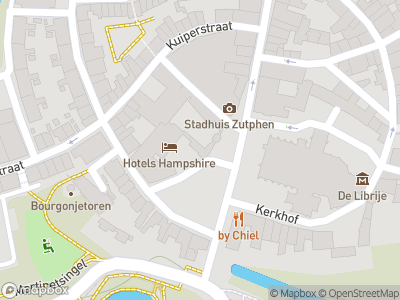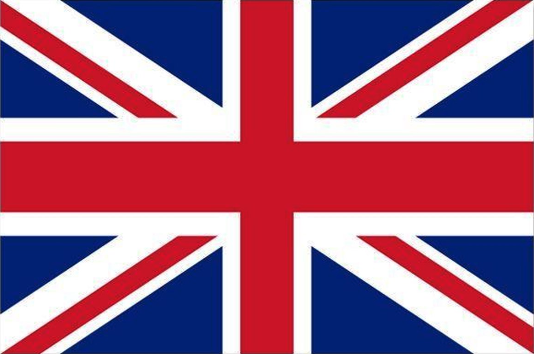The earliest origins of the province of Gelderland stretch back to the court of the counts of Hamaland, Zutphen and Guelders, located on ‘s-Gravenhof Square in the town of Zutphen. The court was once a palace built of tuff, a type of rock consisting of consolidated volcanic ash. It was probably a royal palace and therefore one of the most significant buildings in the Netherlands at that time.
Ringwork
The town of Zutphen lies on top of a Frankish settlement that was built on the confluence of the Berkel and IJssel rivers in the year 300. In 882, the settlement was plundered by Vikings, which led to the construction of circular fortifications, also known as a ringwork, with earthen ramparts and a deep moat for protection against future attacks. At its centre, there was a courtyard with a great hall, which later became the court of the counts of Hamaland, Zutphen and Guelders: ‘s-Gravenhof Square. From this location, the counts of Hamaland ruled over the territories along both sides of the river IJssel.
Royal palace
In the 11th-century, the wooden hall was replaced by a structure built of tuff. At 53 metres in length, it was a regal building. As such, it replaced the royal court at Deventer and the palace in Nijmegen which had both been destroyed. Yet its role as royal residence was short-lived. Around 1100 AD, Bishop Burchard commissioned the building of St. Walburga’s Church next to the palace. The bishops turned the administration of the settlement and the palace over to the counts of Zutphen.
‘s-Gravenhof Square
The counts of Zutphen soon established their own agenda. The County of Zutphen became permanently aligned with the County of Guelders in the 12th century when Countess Ermgard of Zutphen married Gerard III of Guelders. The town was granted its city rights by Count Otto I around 1195 and the town subsequently joined the Hanseatic League. This led Zutphen into a period of economic growth.
Around the turn of the 13th century, the palace still served as a regular residence for the counts of Guelders until they moved their court to the north of Zutphen. The palace gradually fell into disrepair until it was finally demolished in 1634. Today, the square still bears the name ‘s-Gravenhof and the contours of the royal palace can be seen in the patterns on the pavement.














